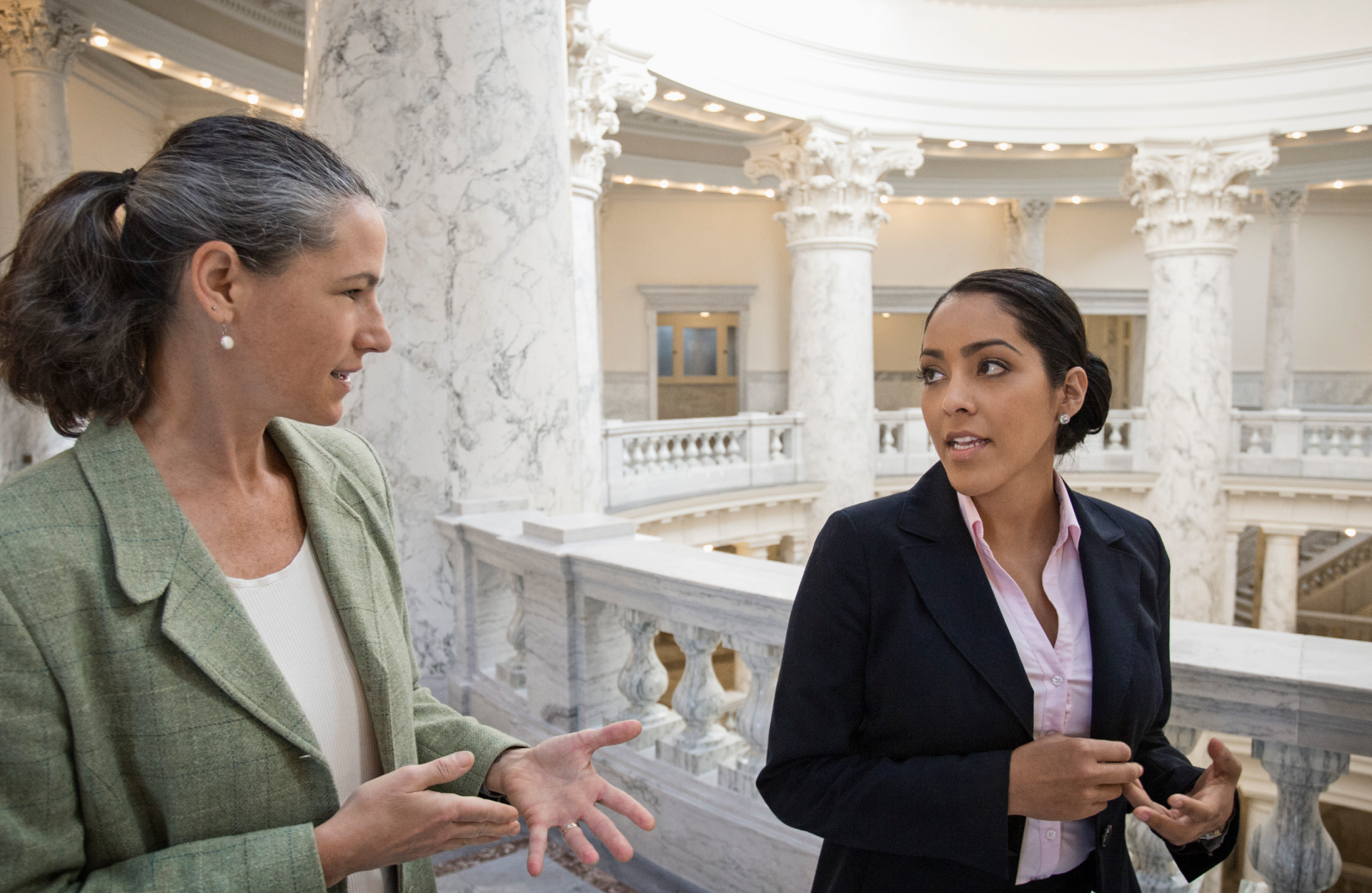Plagiarism is no longer a problem unique to academia. Government organizations and officials have at various times, had to deal with issues arising from using material from pre-existing sources. There are multiple considerations related to plagiarism that government executives should be aware of when analyzing content that’s about to be published.
In this blog post, you will learn:
- How plagiarism can occur unintentionally.
- What are the potential consequences of plagiarism cases?
- How technology can help prevent accusations of plagiarism and protect your reputation.
Copying an existing source word-for-word without proper citation is generally considered to be dishonorable. Instances of plagiarism, however, are not always caused by intentional misconduct and deliberate use of someone else's work.
Accidental plagiarism happens when a person does not properly cite their sources in the published text. While accidental, its consequences can be just as serious as intentional plagiarism.
Another common type of plagiarism public personas and organizations should be aware of is self-plagiarism. It derives from recycling your own work under the pretense that it is new. Peter Blau, a government researcher who co-edits a scientific journal, says that it is the most common type of plagiarism he encounters. Blau claims the prevalence of self-plagiarism is due to the publishing industry becoming increasingly competitive; the researchers are under greater pressure to put out work, so they glean several very similar, yet still distinct, theses from the same dataset.
Avoiding self-plagiarism involves citing your previous work as thoroughly as you would another's, even if you're only publishing material you've published before or discussing a prior idea in your new work.
Being aware of proper citation rules and variations of plagiarism types is crucial to avoiding long-term reputational and financial losses related to plagiarism.
Consequences of plagiarismThe consequences for individuals in government are clear: plagiarism ruins campaigns, tarnishes reputations, and prompts calls for resignation. But for agencies, task forces, or research teams associated with local, state, or federal governments, engaging in plagiarism can be equally, if not more, detrimental. The repercussions for government groups are abundant—after a scandal, loss of public trust, as well as severed relationships with other organizations, can ensue. On top of that, money spent on plagiarized work is wasted government spending, at the taxpayer’s expense.
The consequences of plagiarism are only becoming harder to avoid. In a world where everyone has access via the internet to a collection of published work larger than that of any library in history, anyone can be a detective and identify unoriginal work. Once words and ideas go out into the world, you can be sure that if even a sliver of it is plagiarized, anyone can—and someone might— find out.
Government organizations concerned about their reputation and the trust of the public and other stakeholders need to ensure the originality of the work they publish.
Protecting your organization from plagiarismThoughtful planning and careful structuring are essential to delivering original documents. Proper source research is a necessary first step for original content creation. Checking and citing your sources diligently will ensure that you do not plagiarize and bring trouble to yourself and your organization.
Government and corporate officials should be aware of the methods and tools that help avoid plagiarism in their work. Whether it’s a campaign speech from a government politician or a CEO statement from a highly recognized corporate entity, facts and information should be checked for originality. Those responsible for checking the briefs should be sure to check for plagiarism. Public-facing content should be screened before publication to make sure that all sources are cited properly.
In an effort to avoid plagiarism, businesses and organizations are turning to plagiarism detection software to scan their content before publishing it. Organizations can avoid plagiarism and guarantee originality regardless of the subject matter using iThenticate. This powerful plagiarism checker offers a massive living content database suitable for corporate and government research.
iThenticate is perfectly suited to the government and corporate sectors. With iThenticate, you can:
- Compare the written piece to a host of journals and web pages to detect text similarity.
- Be informed of the exact source which the written piece is matching, if applicable.
- Keep your reputation safe by preventing instances of plagiarism.
iThenticate gives you peace of mind surrounding data and privacy security. The tool was designed to keep your documents private— submissions are added to a secure database that is only accessible by your own account. By eliminating both potential human error and the need for eyes from a third party, iThenticate keeps any scanned documents secure.
Get started with iThenticateIf you are a government official on a campaign or a corporate professional looking to be sure your published work is free from plagiarism, schedule a demo of iThenticate today.





